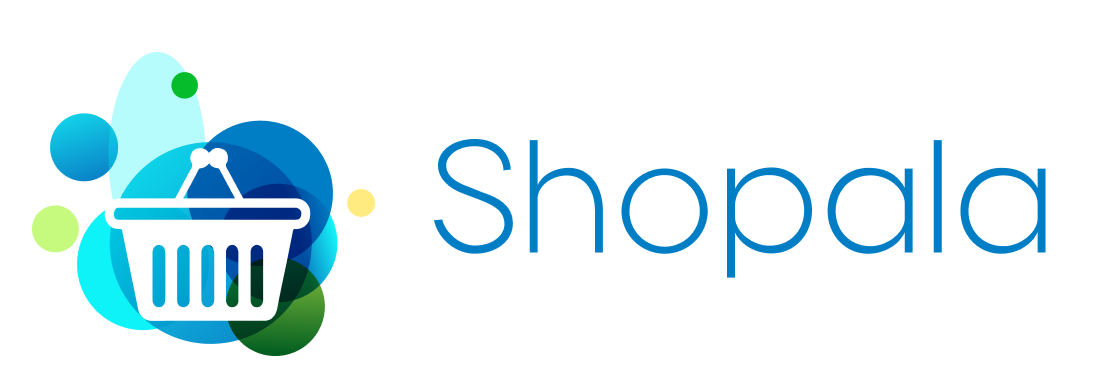Online shops offer customers several ways to pay on their sites to give them options based on their preferred payment method whether it be a debit or credit through a bank or an interim payment solution like PayPal or Klarna.
When you visit an online shop you may see at the bottom of the site a list of logos showing a myriad of payment solutions. I did some simple online research at a standard US based webshop and found this:

On this site the major credit cards are shown including American Express, Delta, Discover, MasterCard and Visa. These are the classic credit card companies that process the majority of global credit payments. It’s not known by many people but PayPal, Amazon Pay, Apple Pay and GPay eventually link to these payment providers in order to process payments from pre-filled in credit card info or a banking direct debit is taken.
Next in the list of payment options are Apple Pay and PayPal. I’m probably only seeing ApplePay as I’m accessing the site with a Mac, I would assume GPay is also offered. PayPal will require a login when making a payment, ApplePay now uses facial recognition on new phones and fingerprint recognition on newer Mac-books. As explained in my other article PayPal is huge in the US and Germany, however Amazon Pay is quick on it’s tail with a broader release of it’s payment API for shopping sites.
Lastly on the list is iDeal which is the payment go to option for 85% of people residing the Netherlands (yes I am accusing a dutch site). Ideal sends a user to their banking app to complete their payment and then back again in to the online shop. It’s a bit of a clunky experience but people do use it and most importantly they trust it.
Other payment solutions that are not appearing here include Klarna & Sofort. Sofort is a popular German payment solution which offers the chance of customers to transfer money to a wallet and pay online without sharing their identity, its commonly known Germans are very wary when sharing personal details. Klarna actually owns Sofort and also acquired their ‘buy now pay later’ competitor BillPay in 2017.
Klarna the biggest pay later option in Europe and offer customers the chance to buy online and then pay a small fee to pay for their items in 14 days time. It’s more and more popular with online shoppers, especially when buying clothing, however merchants complain the return rates are higher. In some countries in order to claim a safe and trusted web shop status you need to offer the chance of a customer to pay later which is while you’ll see it as a popular option in Europe.
There are a very large number payment methods that people can choose from and over time there should be some consolidation in the market. the way that users change their payment behaviour should will also change over time. Covid has forced older shoppers online especially in countries like Germany where payment behaviours are shifting much quicker than expected, see graphic from JPMorgans market analysis:

Each market (especially across Europe) will require online merchants to think about how users would like to pay. You can see from the graph presented that payment providers like Klarna who offer customers the chance to pay later will do very well in Germany. It would also pay for ecommerce platforms to check how customers want to pay and only show them the solutions they want to see. This would likely increase trust and conversion rates on sites.
After doing a little more research I found this graphic on Braintree

You’ll probably recognise a few of these options, however ask yourself the question, how many have you used in the last 6 months, I would hazard a guess that the average user only used between 1 and 3 payment options depending on their device and their country location. Platforms also block certain methods with Facebook and TikTok blocking ApplePay, Gpay and Samsung Pay due to security concerns and internal browser related issues.
I think it’s unlikely we will see more payment options in the market, however do expect to see a lot more advertising from the newer players like ApplePay and Klarna as they try to take a big old bite out of the incumbent banks.
See below for more related posts! Next time we’ll be looking at how important repeat customers are, and how you should make it easy for them to pay for their favourite items.





